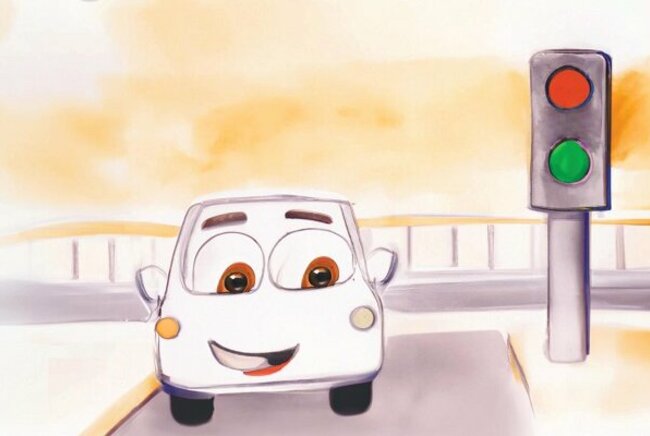Improving the safety of next-generation software for self and connected driving
Sangeeth Kochanthara defended his PhD thesis at the department of Mathematics and Computer Science on March 17th.

There are more than 1.4 billion vehicles on the road on which we rely for tasks like commuting, transporting goods, and leisure travel. Nowadays, these vehicles are equipped with more software than ever: modern cars run on more than six times the lines of code of the Android operating system and twenty times that of a Boeing 787. Those impressive numbers inspired PhD candidate Sangeeth Kochanthara to improve the safety of the next-generation software for self and connected driving vehicles. He unveiled a groundbreaking shift in automotive software development and successfully defended his thesis at the department of Mathematics and Computer Science on Friday March 17.
Nowadays, software is the focal point of innovation and growth, with even established software companies across the globe, including Google, Baidu, and Sony, venturing into the automotive industry. To ensure the safety of self and connected driving software, it is essential to have safety requirements and their assessment. A lack of these can have catastrophic consequences, as was seen in the 2018 Uber self-driving car crash in Arizona, USA. In his thesis, Kochanthara presents a first comparison of processes and techniques for creating automotive safety requirements, which can serve as a guideline for making informed decisions.
His research also introduces a novel process for identifying safety requirements that arise only when multiple vehicles and traffic systems interact. The thesis then proposes an extension of a design assessment technique for the safety assessment of automotive systems. Kochanthara also presents a scientific study on the safety of the design of self-driving software from the industry for its use on a Dutch highway.

Shifting towards open source at an unprecedented scale
One of the most significant discoveries is the shift in where and how automotive software is being developed. Historically, the automotive industry has been known for its proprietary development methods, with major car manufacturers (OEMs) and suppliers keeping their software tightly under wraps. However, Kochanthara’s thesis reveals that, for the first time, software development is shifting towards open source at an unprecedented scale, representing a fundamental change in how software is developed. This means that everyone will have access to the source code for open sourced automotive software and can contribute to its development.
As a result, it is now possible to collaborate with researchers and industry experts to create safe, efficient, and reliable systems that meet the needs of stakeholders, including drivers and passengers. The implications of this shift are enormous and will be felt by car makers, safety certification bodies, educators, and car users alike. One key advantage of open source software is that it allows for collaboration and sharing of knowledge, leading to faster innovation and development; and to novel business models. Based on the experiences in other domains, this will likely lead to increased competition in the industry, with smaller players and startups able to compete with larger, established companies. For instance, multi-million dollar automotive startup companies focusing solely on automotive open source software like Tier IV have emerged.
Collaborative development across a wide range of areas
Kochanthara also highlights other shifts in the industry based on open source automotive software. One significant shift is in preferred programming languages, from proprietary languages such as MATLAB to more open languages such as Python. Another shift is in organizations taking a proactive role in developing open-source automotive software, leading to increased contributions from industry professionals and other stakeholders. This collaborative development occurs across a wide range of areas, from perception systems to user interfaces and complete self-driving software. This fundamental change in software development is likely to significantly impact the industry landscape in the years to come.
The automotive industry is now in the era of increased collaboration and innovation, where the best ideas can come from anywhere. This new era has the potential to bring about safer self-driving vehicles and transform the way we move and live.
Title of PhD thesis: A Changing Landscape: On Safety & Open Source in Automated and Connected Driving. Supervisors: prof.dr. Mark van den Brand, dr. Yanja Dajsuren and dr.ir. Loek Cleophas.
Media contact
Latest news


![[Translate to English:] [Translate to English:]](https://assets.w3.tue.nl/w/fileadmin/_processed_/e/0/csm_BvOF%202019_1031_BHF%20license%20TUe%20ILI%20copy_8a50884392.jpg)